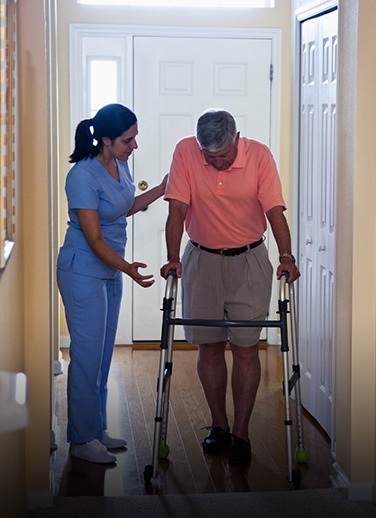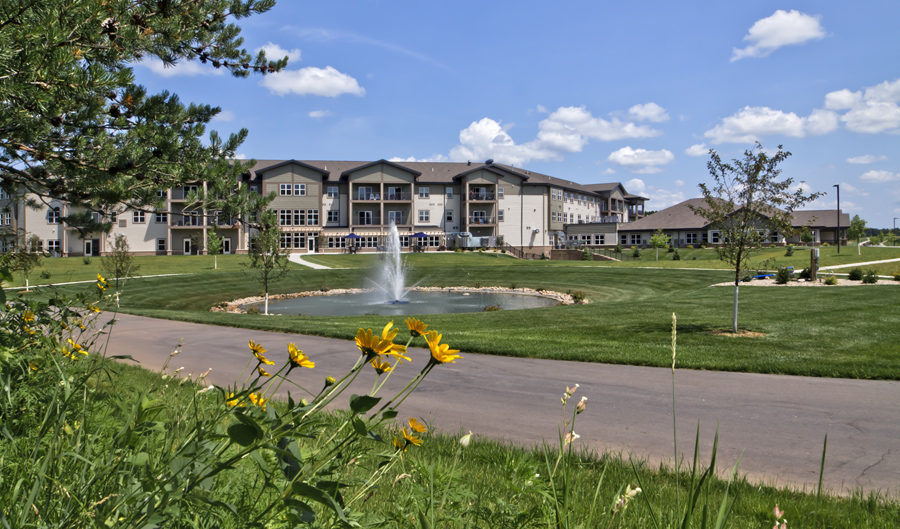
A temporary stay in a nursing home or care facility that provides respite care where the beneficiary receives the same care as permanent residents. You will be provided with personal care and hotel-type services as respite caregivers. The beneficiary's needs will be considered when determining the care level. These facilities provide both low-level and high-level care. After completing an application the beneficiary will receive the appropriate level and care.
Government funding for residential respite
There are many benefits to government funding residential respite. This funding can be used to provide additional support and stimulation for your loved ones in order to live a happy, fulfilling life. Residential respite care fees vary, depending on your needs. The fees can be broken down into two parts: the accommodation component and the care component. The subsidised program may not cover temporary respite care. You can, however, apply for additional days.

Some states offer a variety of programs to help pay for respite care. The NFCSP, which gives priority to elderly persons with low incomes, is an example. Most AAAs consider income and assets when determining eligibility. To qualify for the federal grant program, your income must be below 200% of the federal poverty level (FPL). In 2018, the income limit of a single individual is $24,280. For married couples, it is $32,920. Individuals living in Alaska or Hawaii face higher income restrictions.
Different types of respite care
There are many types of residential respite. Out-of-home care is the first. This type provides care outside the home of the loved one. Adult day care services typically offer activities and some form of physical activity to their clients, along with a midday meal. The staff can also help with daily activities, such as taking medication. You can also find respite services at home. Before you decide which type or residential care to use, think about your loved ones' needs.
You can keep your health in check and avoid burnout by taking a vacation from your loved ones. Respite can be a great option for caregivers. It's not something to be taken lightly. You can use it for as little as a couple of days or as long as you need. Respite care is available if the treatment is required for a longer time. These programs are a wonderful option for those who are overwhelmed and need a break.
In-home respite care
Residential respite services are not available to all seniors and disabled persons. The home care service is a great option to fill this gap. In-home care services can be used to provide companionship, light housekeeping, and even a few hours respite for their caregivers. These services are usually charged on an hourly rate and can be booked based on the availability of the patient.

The advantages of in-home respite care are multiple. In-home respite care gives caregivers a break, and allows them to focus on other tasks or achieve personal goals. The caregiver also gets a fresh perspective with respite care in their home. Family members often accept their roles without formal training and don't know everything about the role. A new perspective is invaluable. Professional help can also offer valuable tips for caregiver tasks.